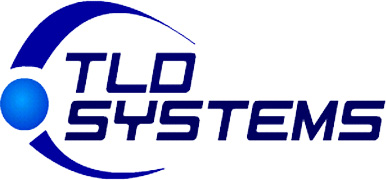- Helping you with HIPAA Security Solutions.
clawback

Coding
Coding Pearls - Are You Safe from Audits and Clawbacks?
Consider an internal audit referred to as a compliance audit of your chart notes/medical record documentation and billing/coding to determine if you are potentially at risk of an audit or clawback by CMS, the Centers for Medicare and Medicaid Services or by a commercial health insurance carrier and determine what steps need to be taken to mitigate those risks. It is inevitable that in all likelihood a provider will be audited. An audit should never be more than an inconvenience. It should not be a life-changing event. If a clawback takes place, it would be bad enough if face value reimbursements were requested after the fact. Unfortunately, this is usually not what occurs. The assumption is that since the billing, coding and documentation did not support the claim(s) that were filed, the requested amount to be repaid will be far greater. Interest, penalties and an extrapolation is instituted referred to as the Statistically Valid Random Sample or SVRS that will result in an amount that needs to be repaid that is far greater than what was initially reimbursed.
Read More

